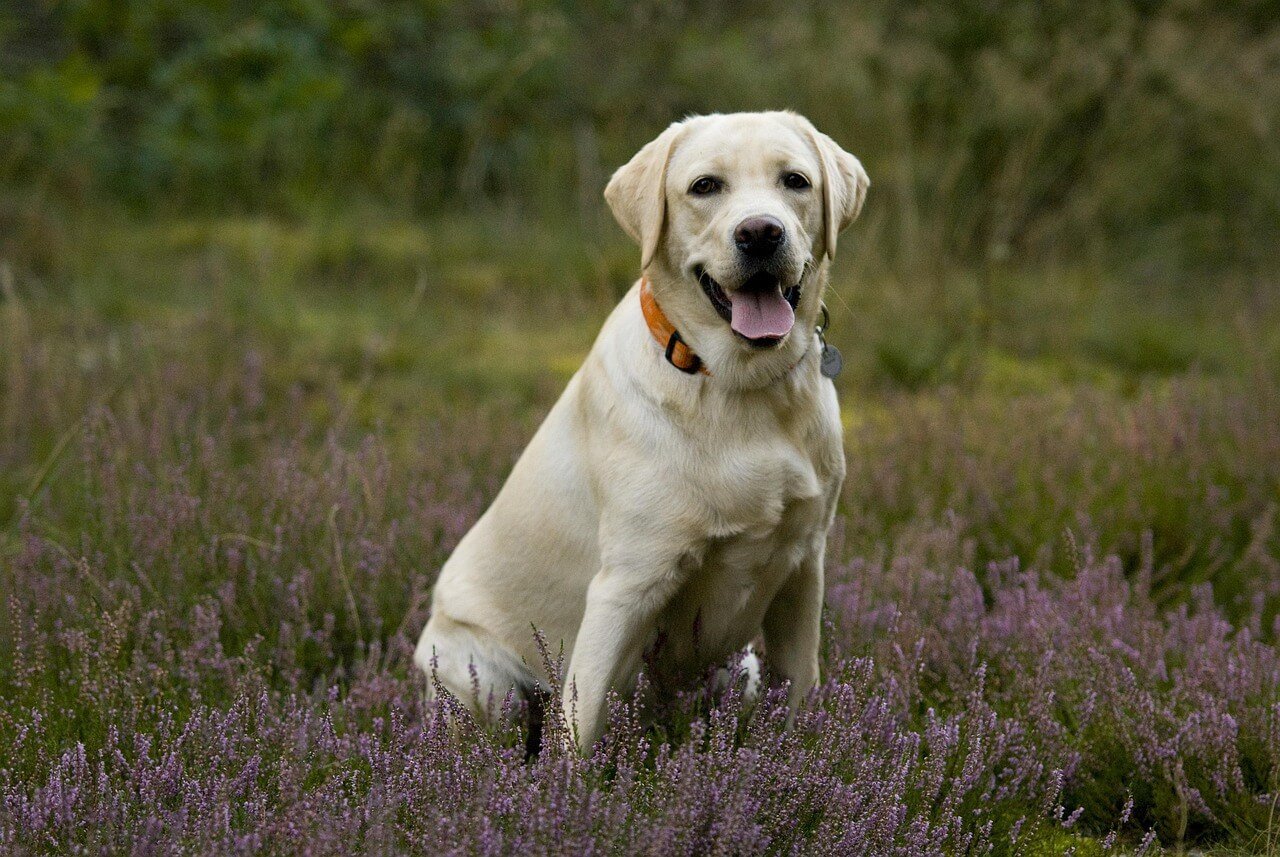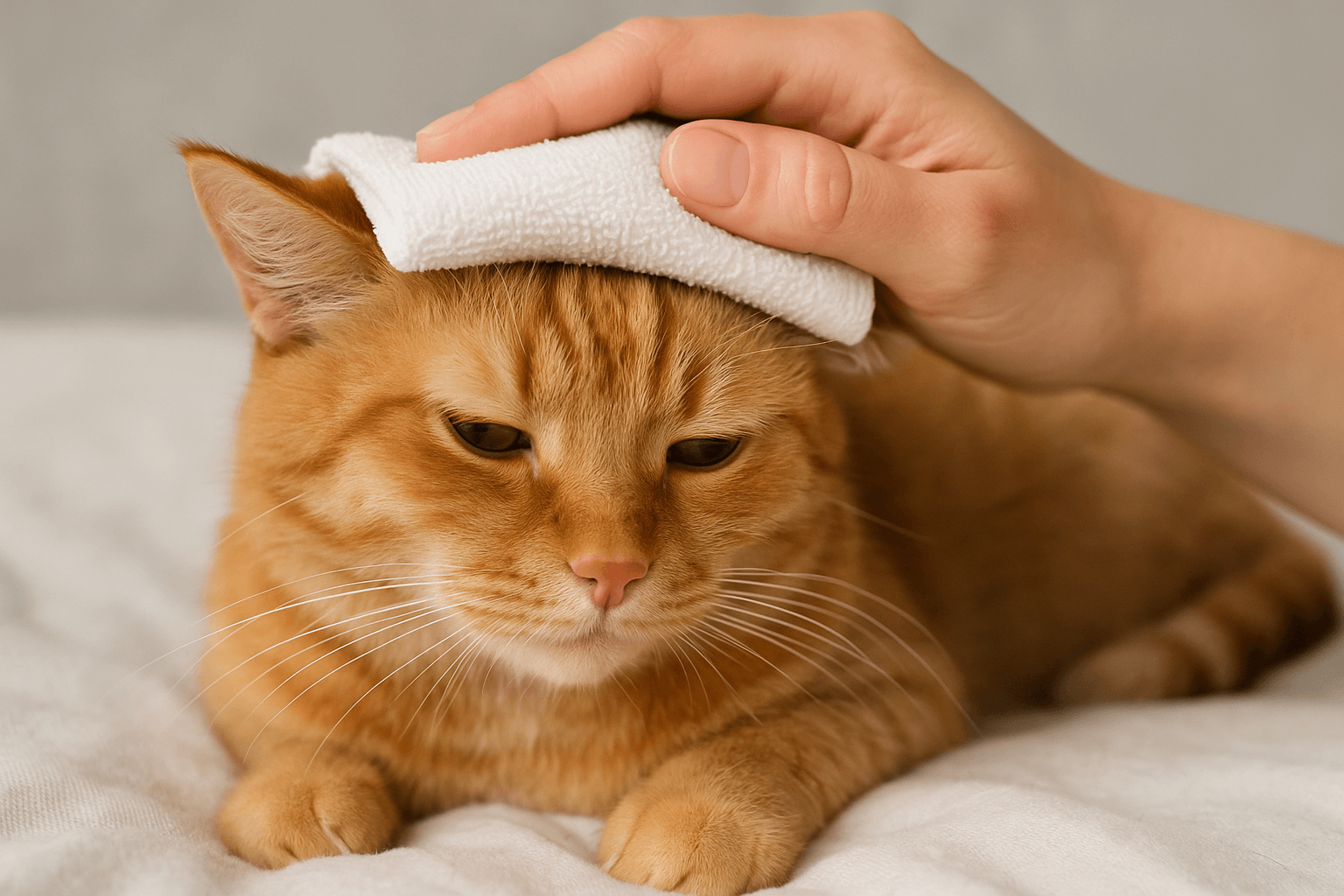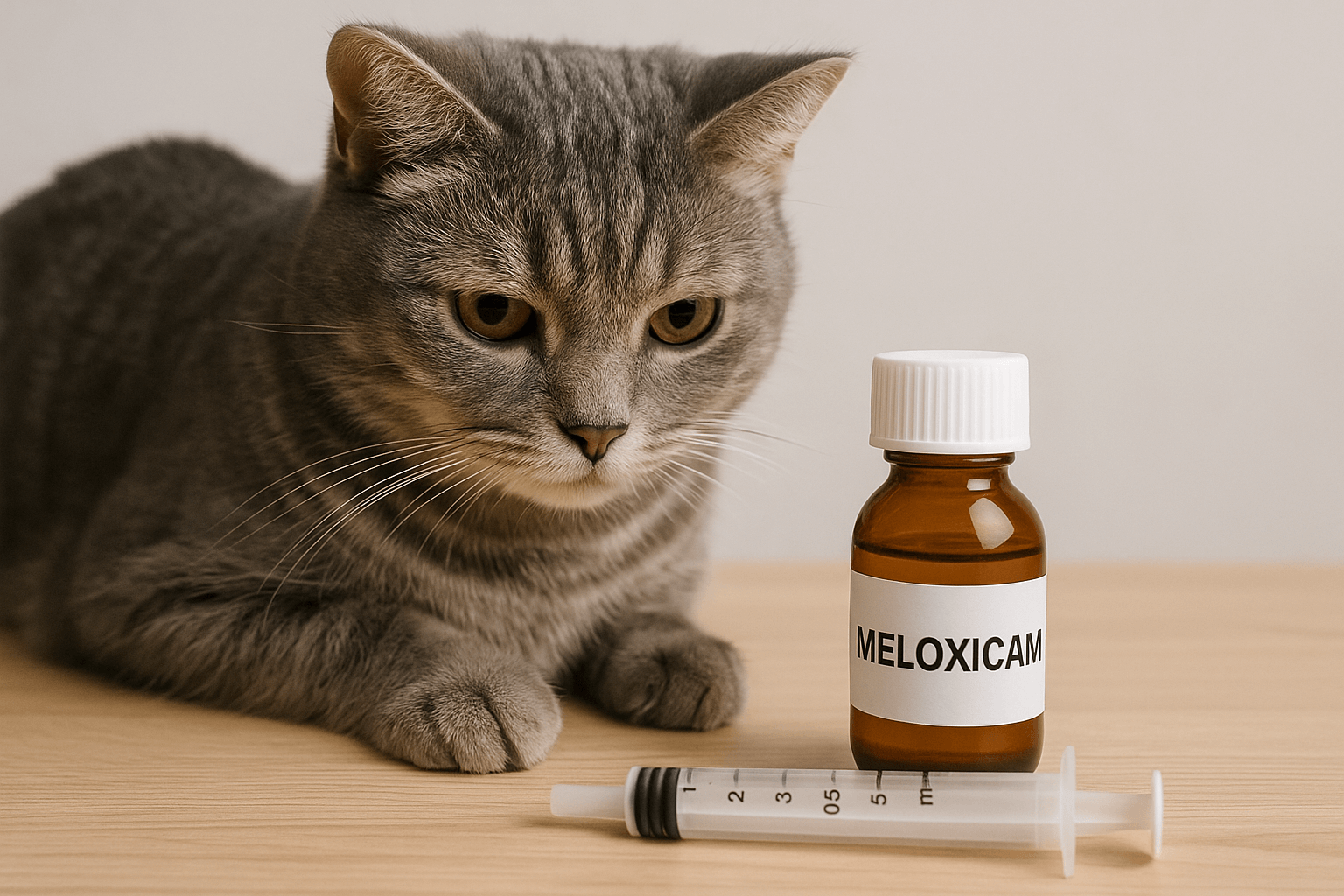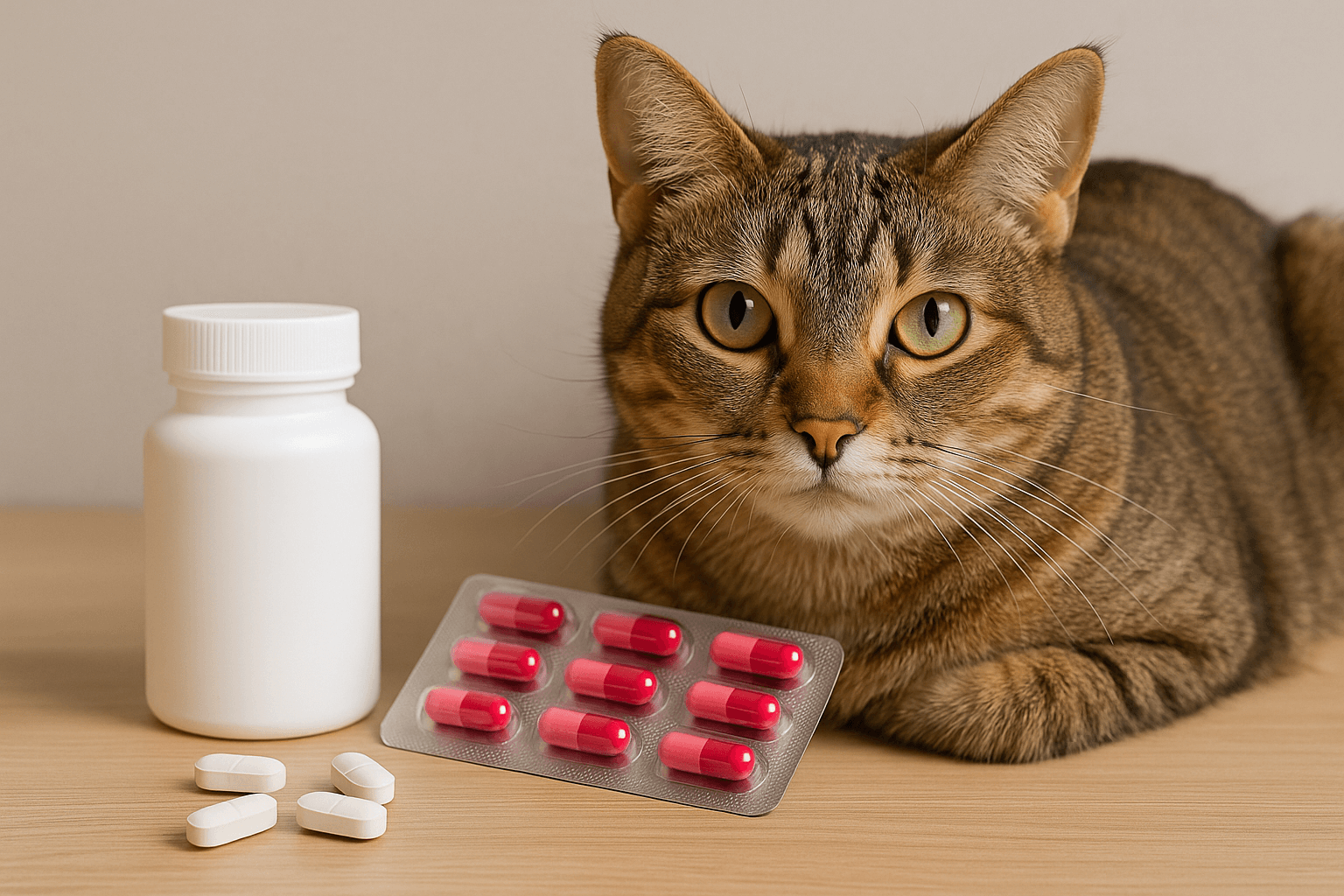Understanding Dog Eye Crust: Causes, Care, and Prevention
Every dog owner knows that our furry friends aren’t always picture-perfect—sometimes, they wake up with crusty eyes that leave us wondering what’s going on. Dog eye crust, while often harmless, can sometimes signal underlying health issues that need attention. Whether it’s a bit of sleep in the corner of their eye or persistent discharge, understanding the causes and proper care is essential for your dog’s comfort and eye health. In this blog post, we’ll explore why dogs develop eye crust, how to clean it safely, and when it’s time to consult a veterinarian. Let’s dive in to ensure your pup’s eyes stay bright and healthy!
Common Causes of Dog Eye Crust
Dog eye crust can have several causes, ranging from normal biological processes to potential health concerns. Here are some common reasons why your dog might develop crust around their eyes:
Normal Tear Production: Just like humans, dogs produce tears to keep their eyes lubricated, which can dry into crust overnight.
Environmental Irritants: Dust, pollen, or smoke can irritate your dog’s eyes, leading to increased tear production and crust buildup.
Allergies: Seasonal or food allergies can cause watery eyes, resulting in more discharge and crust.
Eye Infections: Conditions like conjunctivitis can cause abnormal discharge, leading to sticky or yellow-green crust.
Breed-Specific Issues: Flat-faced breeds like Bulldogs or Pugs are prone to eye discharge due to their facial structure.
While occasional eye crust is usually nothing to worry about, persistent or unusual discharge may indicate a problem that requires veterinary attention.
How to Safely Clean Your Dog’s Eyes
Cleaning your dog’s eyes is an important part of maintaining their overall health. Proper cleaning not only removes unsightly crust but also prevents irritation and infection. Here’s how to do it safely:
Use a Warm, Damp Cloth: Gently wipe away crust using a soft cloth soaked in warm water. Avoid using harsh chemicals or soaps.
Be Gentle Around the Eye Area: Use light pressure to avoid irritating or injuring your dog’s sensitive eye tissues.
Clean Both Eyes Evenly: Even if one eye has more crust, clean both to prevent spreading any potential infection.
Dispose of Used Materials Properly: Throw away used cloths or cotton pads to avoid contamination.
Reward Your Dog After Cleaning: Offer treats or praise to create a positive association with the process.
Regular cleaning keeps your dog’s eyes healthy and helps you spot any changes early, ensuring prompt treatment if needed.
Check this guide 👉Understanding Dog Eye Allergies: Best 7 Health Tips!
Check this guide 👉Understanding Dog Eyelid Skin Tags: Best 7 Health Tips!
Check this guide 👉Understanding Dog Eye Cysts: Best 7 Health Tips!
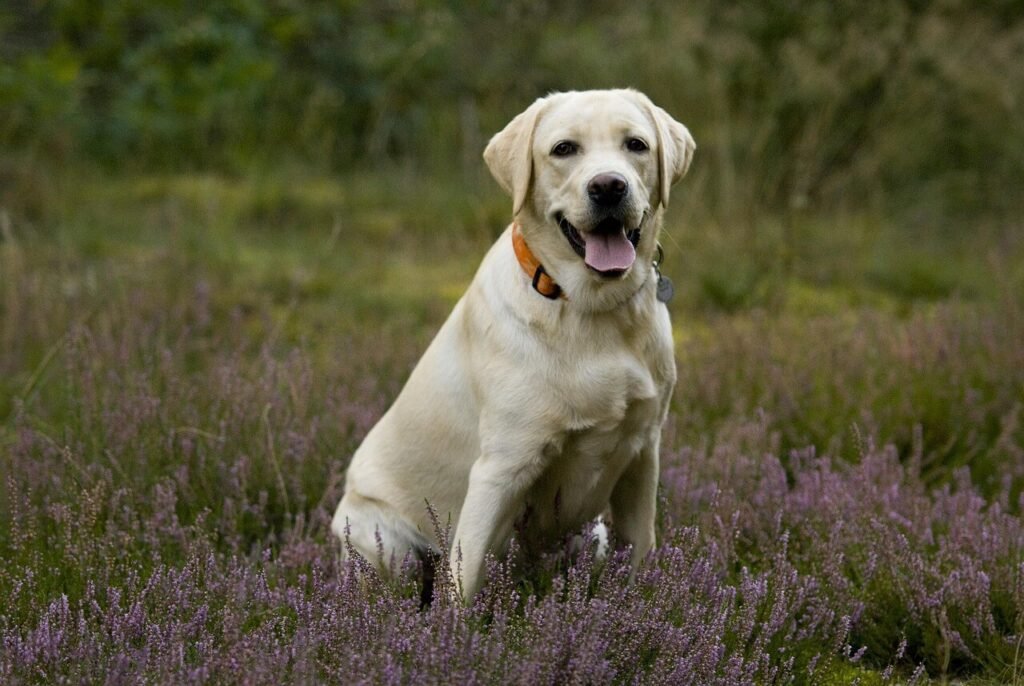
Signs of Healthy Eyes | Signs of Potential Eye Problems |
|---|---|
Clear, bright eyes | Redness or swelling around the eyes |
Minimal to no discharge | Excessive tearing or yellow-green discharge |
No squinting or pawing at the eyes | Frequent blinking or rubbing the eyes |
Normal tear staining (if applicable) | Cloudy or opaque appearance of the eye |
Comfortable during eye cleaning | Signs of pain or discomfort during touch |
Preventing Dog Eye Crust and Discharge
Prevention is key to minimizing eye crust and keeping your dog’s eyes healthy. With a few simple steps, you can reduce the likelihood of excessive discharge and irritation. Here’s what you can do:
Keep Your Dog’s Face Clean: Regularly wipe their face to remove dirt, dust, or allergens that could irritate their eyes.
Trim Hair Around the Eyes: For long-haired breeds, trimming fur near the eyes prevents it from poking or irritating them.
Monitor for Allergies: Identify and minimize exposure to allergens that trigger watery eyes or discharge.
Provide a Clean Environment: Keep your home free of dust, smoke, and strong odors that could affect your dog’s eyes.
Schedule Regular Vet Check-Ups: Routine exams help catch and address potential eye issues before they become serious.
By taking these preventive measures, you can help your dog maintain clear, comfortable eyes and reduce the risk of complications.
When to See a Veterinarian About Dog Eye Crust
While some eye crust is normal, certain signs indicate that it’s time to consult a veterinarian. Early intervention can prevent minor issues from becoming major problems. Here’s when you should seek professional advice:
Persistent or Excessive Discharge: If the discharge is constant or changes color (e.g., yellow or green), it may signal an infection.
Redness or Swelling: Inflamed eyes or surrounding areas could indicate an injury, infection, or allergy.
Cloudiness or Opacity: A cloudy or hazy appearance in the eye may suggest cataracts, glaucoma, or another serious condition.
Behavioral Changes: If your dog is pawing at their eyes, squinting excessively, or avoiding light, it’s time to visit the vet.
Unusual Odor: A foul smell coming from the eyes could indicate an infection requiring medical treatment.
Prompt veterinary care ensures your dog receives the appropriate treatment and avoids long-term damage to their vision or comfort.
Recognizing Warning Signals for Serious Eye Issues
While occasional eye crust is normal, certain signs indicate that your dog’s eye health may be compromised. Being vigilant about these warning signals allows you to address problems early and prevent complications. Here’s what to watch for:
Yellow or Green Discharge: This could indicate an infection that requires immediate veterinary attention.
Frequent Pawing at the Eyes: Persistent scratching or rubbing suggests discomfort or irritation.
Swollen or Puffy Eyelids: Swelling often points to inflammation, injury, or an allergic reaction.
Changes in Behavior: If your dog seems unusually lethargic or avoids activities they normally enjoy, it could be linked to eye pain.
Visible Ulcers or Scratches: Any visible damage to the eye surface should be treated as an emergency.
By recognizing these signs early, you can ensure your dog receives timely care and avoid long-term damage to their vision or comfort.
Safe Home Solutions for Managing Minor Eye Issues
For mild cases of eye crust, natural remedies can help soothe your dog’s eyes and reduce irritation. However, these solutions are not substitutes for professional veterinary care if symptoms persist. Here are some safe options:
Saline Solution: Use a sterile saline solution to gently flush out debris or irritants from your dog’s eyes.
Chamomile Tea Compress: A cooled chamomile tea bag can provide soothing relief for irritated eyes.
Coconut Oil (External Use Only): A small amount around the eye area (not directly in the eye) can moisturize dry skin and reduce tear staining.
Dietary Adjustments: Adding omega-3 fatty acids to your dog’s diet can promote overall eye health.
Regular Grooming: Keeping fur trimmed and clean around the eyes minimizes irritation and crust buildup.
These remedies are most effective for minor issues, but always consult your vet before trying new treatments, especially for persistent or severe symptoms.
Managing Tear Stains for a Cleaner, Healthier Appearance
Tear staining is a common issue in dogs, particularly in light-colored breeds, and can contribute to unsightly crust buildup. While it’s not harmful, many pet owners prefer to minimize its appearance. Here are some tips to manage tear staining effectively:
Keep the Area Dry: Wipe under your dog’s eyes daily with a damp cloth to prevent moisture buildup.
Use Stainless Steel Bowls: Plastic bowls can harbor bacteria that worsen tear stains; stainless steel is a cleaner alternative.
Provide Clean Drinking Water: Impurities in water can contribute to tear staining, so opt for filtered or bottled water if necessary.
Avoid Irritants: Keep your dog away from smoke, strong perfumes, or other environmental factors that trigger excessive tearing.
Consult Your Vet About Diet: Certain foods or supplements can reduce tear production and minimize staining over time.
By incorporating these practices into your routine, you can help your dog maintain a fresh, clean appearance while reducing the risk of crust accumulation.
Frequently Asked Questions About Dog Eye Crust
Is dog eye crust normal?
Yes, some crust is normal, especially after sleeping, but excessive or discolored discharge may indicate a problem.
Can I use human eye drops for my dog?
No, human eye drops can be harmful to dogs. Always consult your vet before using any medication.
How often should I clean my dog’s eyes?
Clean your dog’s eyes as needed, typically once a day if they have visible crust or discharge.
What causes tear stains in dogs?
Tear stains are caused by excess tear production and can be influenced by genetics, diet, or environmental factors.
Are certain breeds more prone to eye issues?
Yes, flat-faced breeds like Pugs and Bulldogs are more susceptible to eye discharge and related problems.
Final Thoughts: Keeping Your Dog’s Eyes Healthy
Dog eye crust may seem like a small issue, but it plays a big role in your dog’s overall health and well-being. By understanding its causes, practicing regular cleaning, and knowing when to seek veterinary care, you can ensure your pup’s eyes stay bright and clear. Remember, your dog relies on you to notice changes and take action when needed. With a little care and attention, you can help your furry friend enjoy a lifetime of healthy, happy eyes—and plenty of tail-wagging moments together!
Cat Fever Treatment: Best 7 Expert Tips! Discover expert advice on identifying, managing, and treating fever in cats to ensure their quick recovery and well-being.
Understanding Meloxicam for Cats: Best 7 Expert Tips! Learn how to safely administer meloxicam, manage side effects, and ensure your cat's comfort with expert advice on feline pain relief.
Amoxicillin for Cat UTI: Best 7 Expert Tips! Discover safe usage, dosage guidelines, and expert advice on treating feline urinary tract infections effectively with amoxicillin.
Understanding Cat Cancer Treatment: Best 7 Expert Tips! Discover expert advice on managing feline cancer, from early detection to treatment options, ensuring your cat’s health and comfort.

